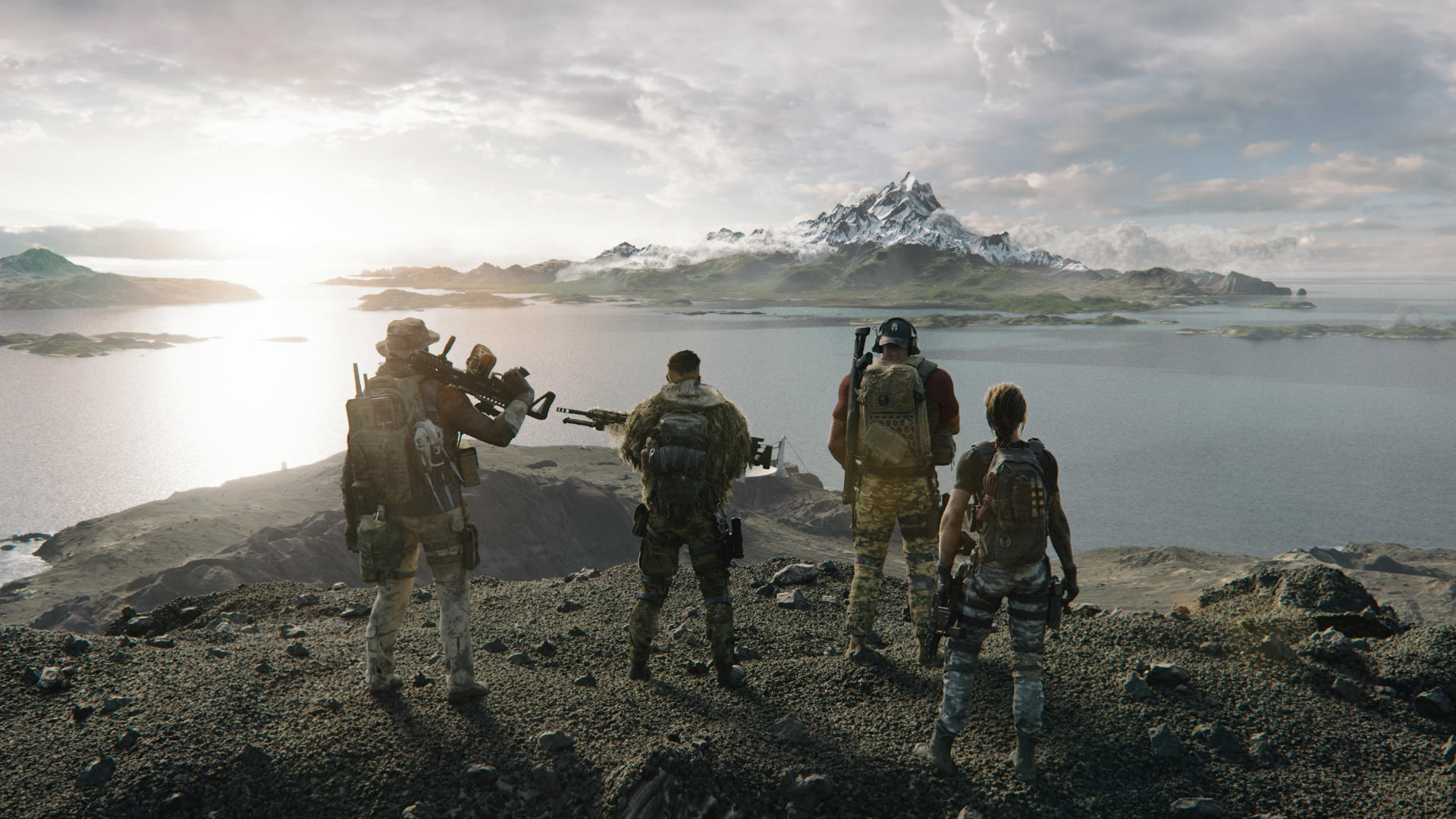Open world games have a massive audience, and the game design style has become something of an obsession for most major developers and publishers in the industry. And it’s not hard to see why. There’s a sizeable audience out there that, above all else, values things like content, scale, immersion, and longevity, and those are the areas that open world games excel in more than any other type of game- the good ones, anyway. As great as a well-made open world game can be though, there are some annoying traps that most of them consistently fall into, even the best ones, that can be frustrating to experience. Here, we’ll be talking about a few such things that open world games are still doing wrong, that we hope to see improvements for in the not-so-distant future.
BLOAT
How can “too much content” be a bad thing, right? That’s what we want from games, after all- we want massive, expansive worlds that are teeming with things to do, that can keep us busy for dozens, if not hundreds, of hours. But once you’ve played a handful of eighty hour-long games in the space of a few months, you quickly realize that it’s very much become a case of “too much of a good thing.” What’s worse, quite often, it’s not even that- it’s just “too much of a bland, repetitive thing”. Bloat has become an increasingly common issue in open world games these days, with Ubisoft games like the newer Assassin’s Creed entries, Ghost Recon Breakpoint, and Far Cry 6 being particularly egregious offenders. Games like these have made us realize that a more compactly designed world that is densely packed with more meaningful content are far better than massive open worlds that are overflowing with formulaic side activities. Quality is always better than quantity, but too many open world games don’t seem to understand that.















